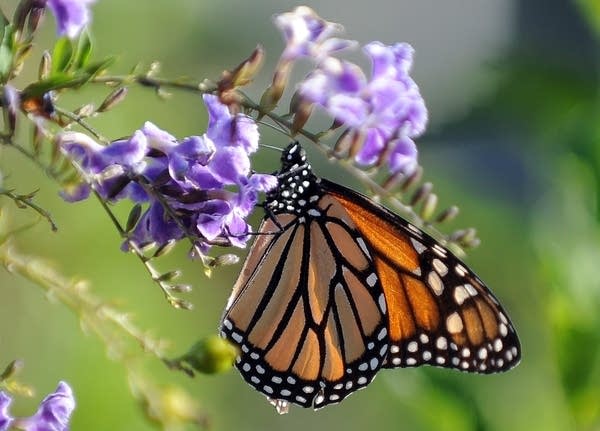Hoping your butterfly release will boost monarch population? Not quite, study says

A monarch butterfly sits in a flower in Los Angeles in 2010. The Monarch is famous for its southward migration and northward return in summer in the Americas which spans the life of three to four generations of the butterfly.
Gabriel Bouys | AFP | Getty Images 2010
Go Deeper.
Create an account or log in to save stories.
Like this?
Thanks for liking this story! We have added it to a list of your favorite stories.


